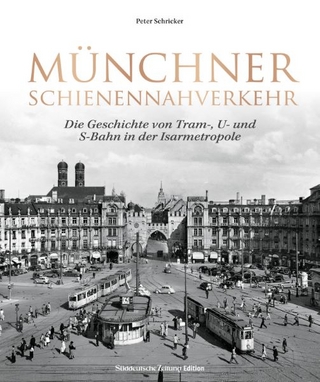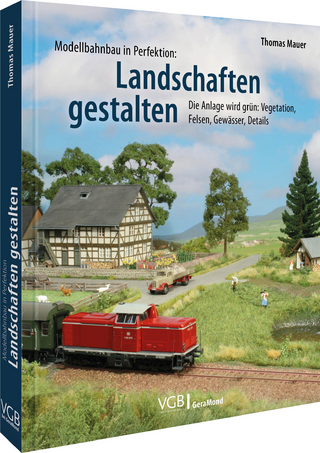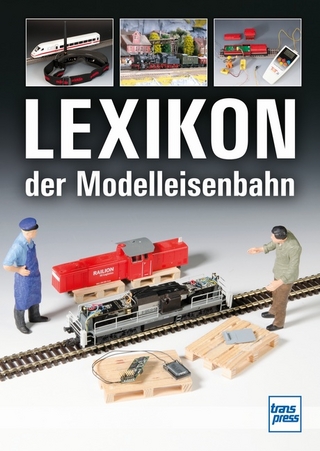
Shifting Lines, Entangled Borderlands – Mobilities and Migration along the Prussian Eastern Railroad
Indiana University Press (Verlag)
978-0-253-06891-0 (ISBN)
Shifting Lines, Entangled Borderlands investigates the dichotomy between a globalizing world and tighter border control in nineteenth-century Central and Eastern Europe, focusing on the Royal Prussian Eastern Railroad (Ostbahn) between the 1830s and 1930s. The line was initially planned as a major internal modernizing project to connect Prussia's capital of Berlin to East Prussia's provincial capital of Königsberg (today's Kaliningrad). Soon, the Ostbahn connected to the growing Imperial Russian railroad network, thus becoming a backbone of European East–West transportation in trade, tourism, technological exchange, and migration. The First World War temporarily disrupted and reconfigured existing networks, adapting them to new political regimes and borders. However, World War II and its aftermath altered mobility patterns more permanently, dividing not only the Ostbahn tracks but the whole continent for decades to come.
From border towns and major cities to unique structures, such as stations or bridges, this volume analyzes the obvious and not-so-obvious nodes of the Central and Eastern European rail network—and the spaces in between.
Jan Musekamp is currently a Visiting Associate Professor at the University of Pittsburgh. He previously taught Eastern European History at the European University Viadrina in Frankfurt an der Oder, Germany. His first book focused on forced migrations and cultural appropriation in the Polish border city of Szczecin between 1945 and 2005. His most current research project deals with the global migrations of Ukraine's German speakers, unfolding in a time of drastically changing migration policies and shifting ideas of borders, race, and belonging.
Dedication
Acknowledgments
Note on Transliteration, Place Names, Dates, and Administrative Units
Introduction: The Ostbahn and European Mobilities in the Railroad Age
1. Berlin and the Ostbahn: Railroads as Vehicles of Change
2. Aleksandrów: A Border Station at the Center of Imperial Power and Polish Nationalism
3. The Vistula Bridge at Dirschau (Tczew): National in Form, Transnational in Content
4. Eydtkuhnen and Verzhbolovo: International Travel and a Continental Divide
5. Königsberg: At the Intersection of Land- and Seaborne Trade
6. Kaunas—Eydtkuhnen—New York: Emigration Routes
7. The First World War and its Aftermath: Cutting Lines, Creating New Links
Epilogue: An Interrupted European Corridor
Glossary of Place and River Names in Different Languages
Bibliography
Index
| Erscheinungsdatum | 01.02.2024 |
|---|---|
| Verlagsort | Bloomington, IN |
| Sprache | englisch |
| Maße | 150 x 250 mm |
| Gewicht | 666 g |
| Themenwelt | Natur / Technik ► Fahrzeuge / Flugzeuge / Schiffe ► Schienenfahrzeuge |
| Geisteswissenschaften ► Geschichte ► Regional- / Ländergeschichte | |
| Geschichte ► Teilgebiete der Geschichte ► Technikgeschichte | |
| Sozialwissenschaften ► Soziologie | |
| ISBN-10 | 0-253-06891-6 / 0253068916 |
| ISBN-13 | 978-0-253-06891-0 / 9780253068910 |
| Zustand | Neuware |
| Haben Sie eine Frage zum Produkt? |
aus dem Bereich


